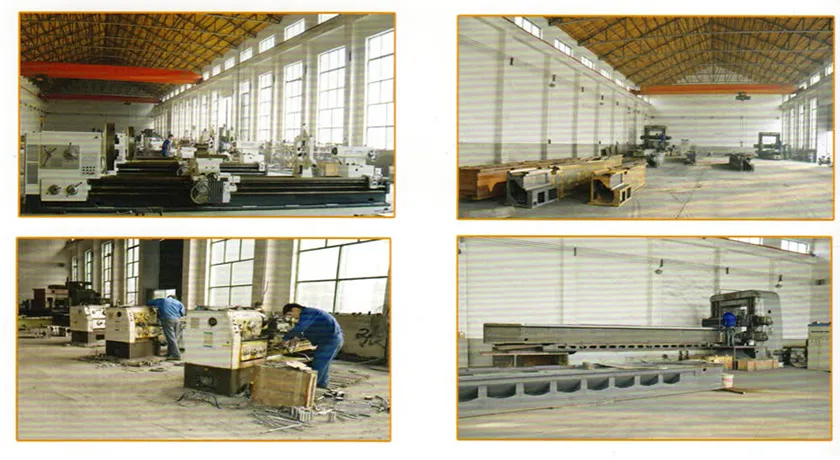
- Afrikaans
- Albanian
- Amharic
- Arabic
- Armenian
- Azerbaijani
- Basque
- Belarusian
- Bengali
- Bosnian
- Bulgarian
- Catalan
- Cebuano
- Corsican
- Croatian
- Czech
- Danish
- Dutch
- English
- Esperanto
- Estonian
- Finnish
- French
- Frisian
- Galician
- Georgian
- German
- Greek
- Gujarati
- Haitian Creole
- hausa
- hawaiian
- Hebrew
- Hindi
- Miao
- Hungarian
- Icelandic
- igbo
- Indonesian
- irish
- Italian
- Japanese
- Javanese
- Kannada
- kazakh
- Khmer
- Rwandese
- Korean
- Kurdish
- Kyrgyz
- Lao
- Latin
- Latvian
- Lithuanian
- Luxembourgish
- Macedonian
- Malgashi
- Malay
- Malayalam
- Maltese
- Maori
- Marathi
- Mongolian
- Myanmar
- Nepali
- Norwegian
- Norwegian
- Occitan
- Pashto
- Persian
- Polish
- Portuguese
- Punjabi
- Romanian
- Russian
- Samoan
- Scottish Gaelic
- Serbian
- Sesotho
- Shona
- Sindhi
- Sinhala
- Slovak
- Slovenian
- Somali
- Spanish
- Sundanese
- Swahili
- Swedish
- Tagalog
- Tajik
- Tamil
- Tatar
- Telugu
- Thai
- Turkish
- Turkmen
- Ukrainian
- Urdu
- Uighur
- Uzbek
- Vietnamese
- Welsh
- Bantu
- Yiddish
- Yoruba
Essential Equipment for a Simple and Effective Car Wash Setup
Basic Car Wash Equipment Essential Tools for a Pristine Finish
Maintaining the cleanliness and shine of your vehicle is not just about aesthetic appeal; it's also about protecting your investment and extending the life of your car. A proper car wash can help remove dirt, grime, and contaminants that accumulate over time. Whether you are operating a commercial car wash or looking to set up a home washing station, understanding the basic car wash equipment will ensure that you achieve the best results.
1. Pressure Washer
One of the most crucial pieces of equipment for any car wash is the pressure washer. This powerful tool uses high-pressure water to blast away dirt and mud from the car's exterior, making it much easier to clean than using a garden hose. When selecting a pressure washer, aim for one with adjustable pressure settings to ensure that you don’t damage the paint or other sensitive areas of the car. A good pressure washer can save time and water, making it an essential investment for both professional and DIY car wash enthusiasts.
2. Foam Cannon
A foam cannon pairs perfectly with a pressure washer, allowing you to apply a thick layer of car wash soap on the vehicle’s surface. This equipment creates a thick foam that clings to the paint, breaking down dirt and grime without the risk of scratching the surface. Using a foam cannon not only enhances the cleaning process but also provides a visual cue that encourages thorough coverage of the vehicle—important for effective cleaning.
3. Wash Mitts and Microfiber Towels
When it comes to hand washing a car, the tools you use can significantly affect the final outcome. Soft wash mitts, ideally made from microfiber or lambswool, are gentle enough to avoid scratching the paint while effectively trapping dirt and contaminants. It’s essential to use a different mitt for the lower panels of the vehicle, as these areas often accumulate more grime.
After washing, drying the car properly is crucial to prevent water spots. Microfiber towels are the best choice for drying because they are highly absorbent and gentle on the surface. Using separate towels for different areas of the car can help maintain cleanliness and prevent cross-contamination.
basic car wash equipment

4. Buckets and Grit Guards
Using the two-bucket method is a popular technique among car detailing enthusiasts. This approach involves one bucket filled with soapy water and another with clean water to rinse your wash mitt. The grit guard is a crucial accessory that fits into the bottom of the buckets and helps to trap dirt and debris, ensuring that you don’t transfer contaminants back onto the vehicle during washing. This not only helps in achieving a better clean but also minimizes the risk of scratches.
5. Wheel Cleaners and Brushes
Neglecting the wheels can defeat the purpose of a well-cleaned car. Specialized wheel cleaners help break down brake dust and grime that can accumulate on rims. Alongside these cleaners, precise brushes, ideally made from soft bristles, are essential for getting into tight spaces and ensuring the wheels shine as brightly as the rest of the vehicle. Do not forget to rinse thoroughly after cleaning to remove any leftover residue from the cleaning products.
6. Clay Bars and Sealants
Once the car is thoroughly washed and dried, a clay bar can be used to remove embedded contaminants that soap and water cannot handle. This step prepares the surface for the application of sealants or wax, which protect the paint and add an enviable shine. Sealants provide longer-lasting protection compared to traditional wax and can enhance the appearance of the vehicle significantly.
Conclusion
Investing in basic car wash equipment can yield a rewarding experience, whether you wash your own car or operate a professional car wash. From pressure washers to clay bars, each tool plays a unique role in achieving that pristine finish that every vehicle owner desires. By taking the time to understand and utilize the right equipment, you can ensure that your car stays looking great and remains protected for years to come.
-
Integrating Aqua Tunnel Car Wash in Shopping CentersNewsJun.24,2025
-
Gas Station with an Auto Car Wash MachineNewsJun.24,2025
-
Efficiency in Your Aqua Tunnel Car Wash: Power & Water-SavingNewsJun.24,2025
-
Car Wash Business with Advanced Auto Car Cleaning MachinesNewsJun.24,2025
-
Balancing Setup Costs with Aqua Tunnel Car WashNewsJun.24,2025
-
Aqua Tunnel Car Wash: Eco-Design for the Energy-Savvy EntrepreneurNewsJun.24,2025



